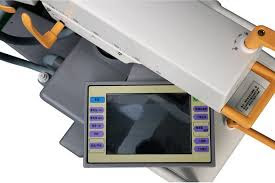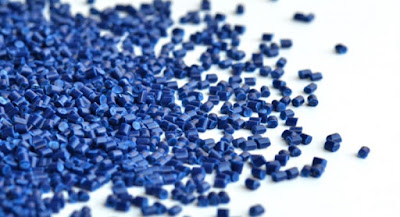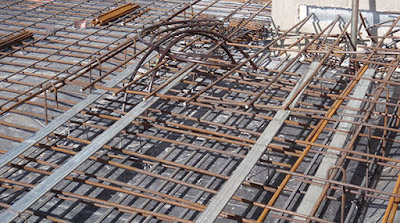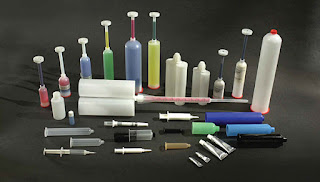Future Outlook of the Global Phosphor Screen Scanner Market
 |
| Phosphor Screen Scanner |
Manufacturers are focused on product innovation and R&D to tap into upcoming market opportunities
Advancements in technology and R&D activities by market players is another trend boosting growth of the global phosphor screen scanner market. For instance, in 2014, Smartmatic International Corporation, registered a patent application for handheld phosphor screen scanner under the title; Portable apparatus for biometric and biographic data collection, storage and delivery, and method therefor. These aforementioned factors suggest that in order to tap into lucrative opportunities in the global phosphor screen scanner industry, manufacturers are expected to focus on product innovation and technological advancements through investments in research.
Download PDF Brochure of this Business Report @ https://www.coherentmarketinsights.com/insight/request-pdf/343
Phosphor Screen Scanner Market Segmentation and Regional Outlook:
On the basis of screen types, the global market can be classified into general purpose screens and tritium screen types. General phosphors screen types are generally screen of choice used in phosphor screen scanners for northern blots, western blots, southern blots etc. Tritium phosphor screen types are used in detection of weak energy signals. Phosphor screen scanners are also segmented on the basis of applications, which include medical diagnostics, pharmaceutical research, and industrial applications.
The global market is also been classified and studied on the basis of regions. The regional classification includes North America, Latin America, Europe, Asia-Pacific and the Middle East and Africa. Asia Pacific market is expected to witness rapid growth due to growing medical diagnostic industry and rising awareness about phosphor screen scanner applications and advanced features.
Phosphor screen Scanner Market Competition Landscape:
Increasing applications and technological advancements in the medical devices field, as well as rising awareness about phosphor screen scanner advanced applications, offers a significant opportunity for product innovations and expansion to manufacturers in the near future. Manufacturers are focusing on tapping new opportunities and fulfilling market demand through product innovations. Few dominant players in the global phosphor screen scanner market include, Owandy, Examion, Apixia Inc, Soredex, GE Health Care, Konica Minolta, AGFA Healthcare, Philips Healthcare, 3Disc Imaging, 3D Systems, Durr NDT etc. These organizations also emphasize on strategies such as expansions, partnerships, and new product launches to retain a dominant position in the global phosphor screen scanning market.
For More Information @ https://www.coherentmarketinsights.com/ongoing-insight/phosphor-screen-scanner-market-343




















